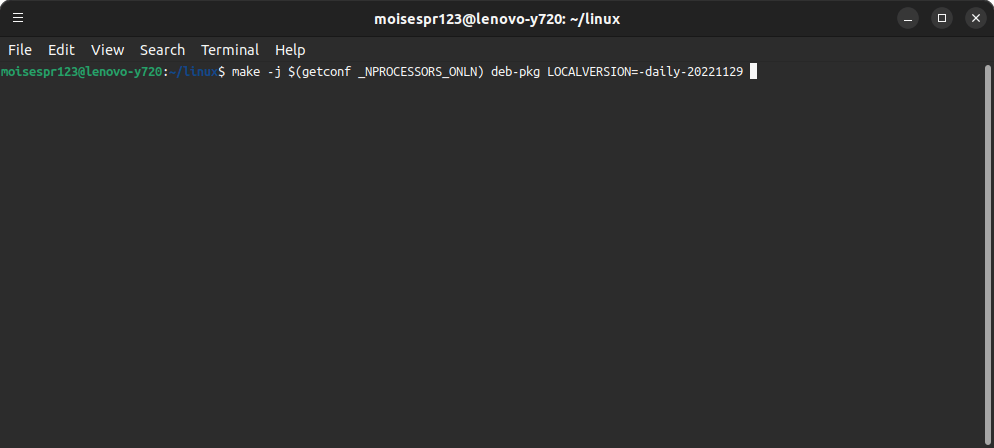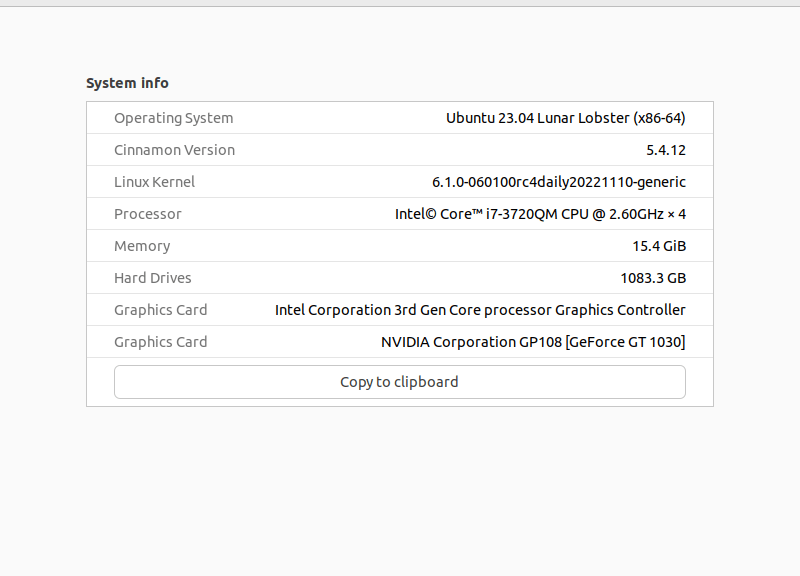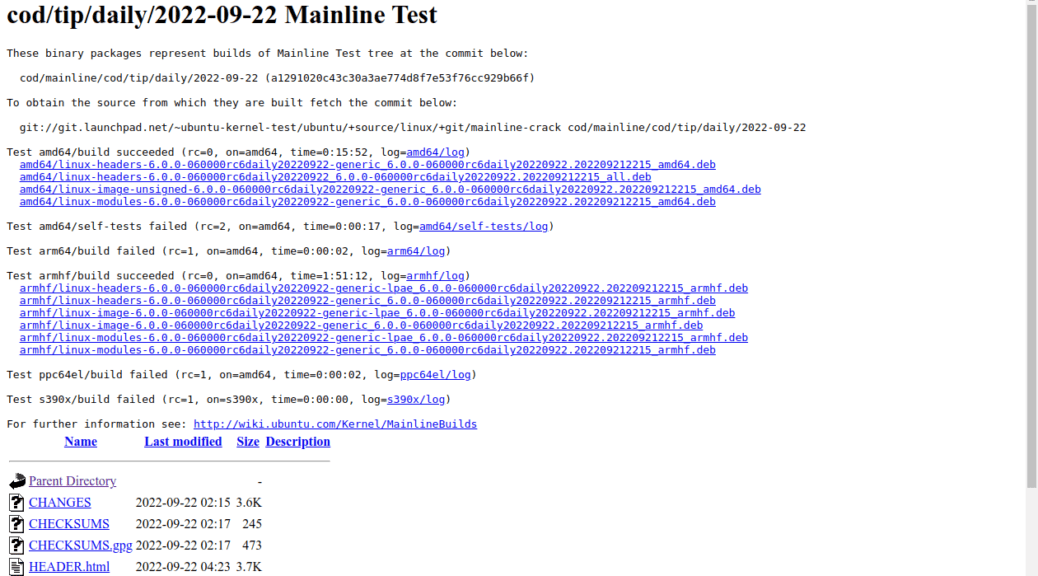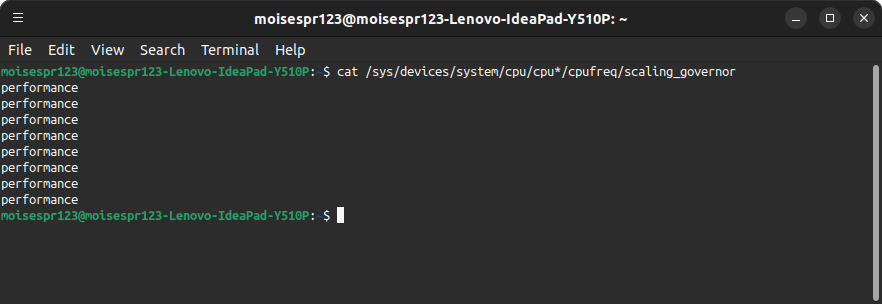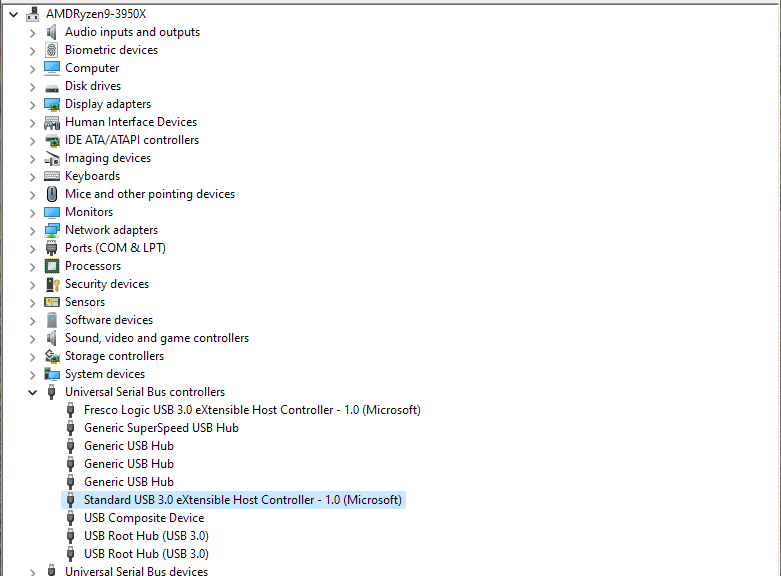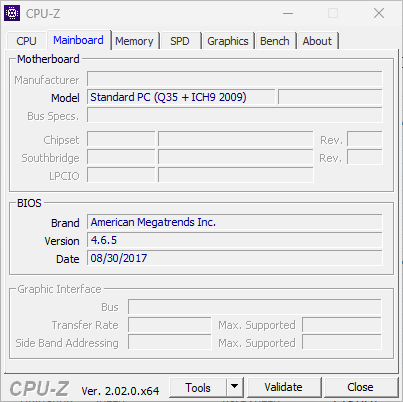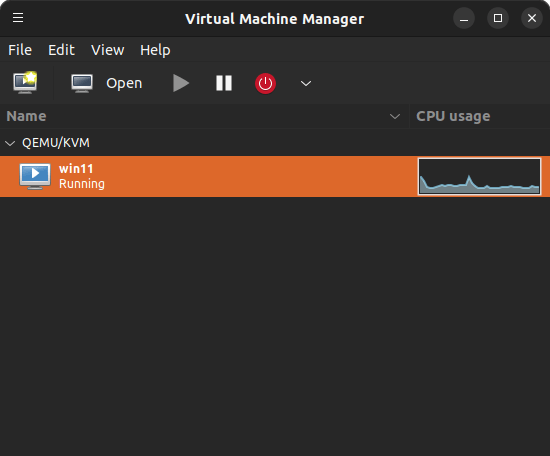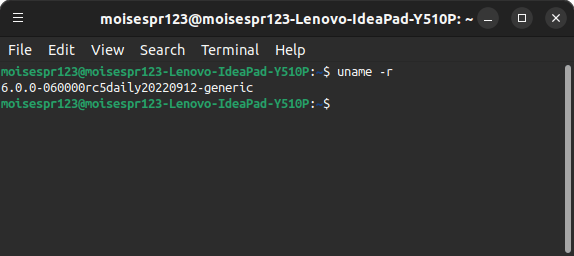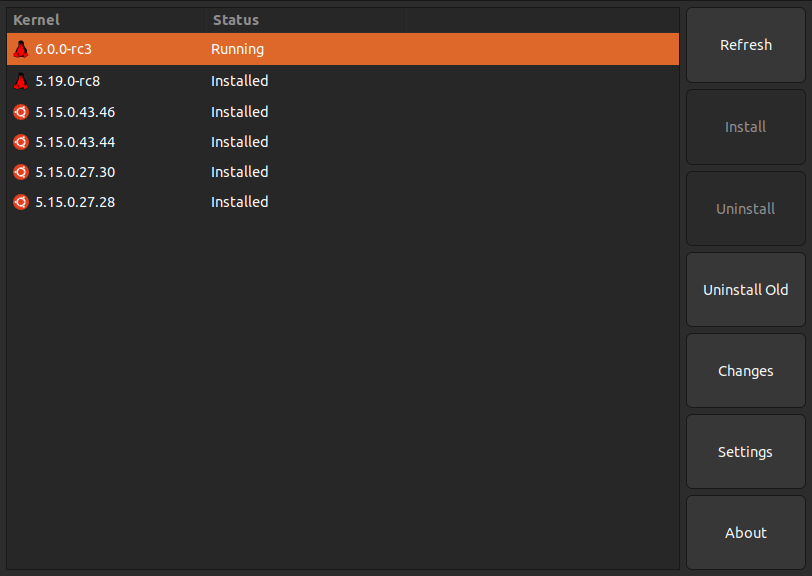Compiling the Linux Kernel on Ubuntu
Hi everyone, In this post, we will be seeing how to compile the Linux Kernel on Ubuntu. Unfortunately, in the past few weeks, we have not had a successful compile of the latest Linux 6.1.0 rc6 and rc7 releases. If you go to the Ubuntu Kernel daily page, you will see that the last successful build was on November 18th, and that there has not been a valid build since then. Therefore, we will be setting up our environment to…
